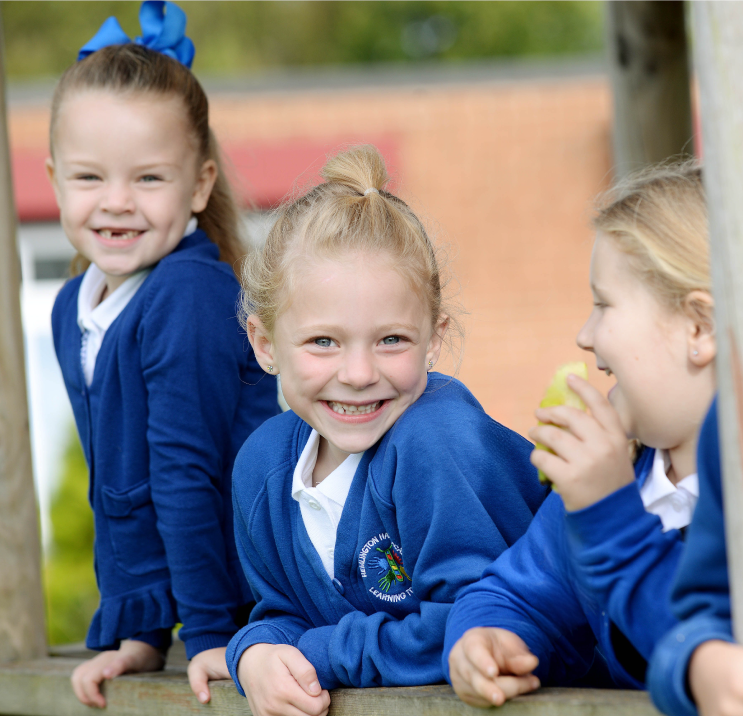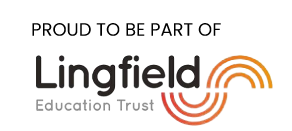As a parent, you have an important job in supporting and encouraging your child’s learning. Perhaps most of all in helping your child learn to read. When parents are involved in the process of their child learning to read, more progress is made. We know that you will want your child to read so take a look at the pages below, so you can help your child read at home.
Please record the books your child has read in their reading records (three entries per week). Reading Records are to be handed in to the teacher every Thursday.
Extra Activities
It may be fun to find a sentence in the book, write out the sentence on a piece of paper, then cut out each word, jumble up the sentence and try to put it back together in the correct order.
Choose a word; write the word out on a piece of paper, cut out each letter and the try and put the word back together. More advanced readers may like to write a review about the book read.
Not Just Books
Reading skills can be developed in many other ways than just reading from books. These are all activities that are helpful to develop your child’s reading abilities further.
- Websites
- School book fairs
- Library visits
- Audiobooks
- Computers
- Word games (such as “I spy…” or word association)
- Alphabet jigsaws
- Matching games
- Puppets
- Make your own books
- Singing songs and rhyme
Reading at Nursery Age
Right from the start, the time you spend reading to your children will make books and stories come alive. Don’t forget board-books and bath-books may be their first books.
- Teach your child how to handle books, how to turn the pages
- Share a book together, talk about the story and the pictures
- Children enjoy hearing the same story again as it helps to build confidence. They will eventually recognise words on the page.
When children first start Nursery our aim is for them to develop a love of reading and an interest in books.
To encourage this, the children can choose a book to take home each week from our home loan library
As your child becomes confident with each letter sound, more sounds are added.
Each child has a letter sound book in their reading folder to work on at home. The children who achieve the most success are those whose parents support this work at home.
In addition to the letter sounds book, these children will take a “story sack” home each week.
Story sacks are a valuable resource, bringing each book to life with an appropriate non-fiction text and a related game
Children learn by watching and copying you. Words don’t just belong in a book.
- Let them see you enjoying a book, newspaper or magazine, share these or catalogues and comics together
- Point out signs, shop names and labels
- Share in finding TV programmers, telephone numbers etc
- Read labels when you go shopping
- Share in writing and reading shopping lists, birthday invitations and notes to members of the family
Reading Together
Reading together can be fun for your child, whilst improving their reading ability. Follow these suggestions to make the best out of reading together.
- Make reading with your child a regular and enjoyable activity, relax and turn off the television.
- Always give lots of praise and encouragement even if progress is slight.
- Read a new story together to give confidence to the child to read it themselves.
Before you open The Book
- Look at the front cover and talk about the picture; predict the characters and what may happen in the story
- Read the book title
- Turn the book over and read the blurb
When You Open The Book
- Ask your child to find the place where they need to start reading
- Look at the picture, talk about what is happening in the picture, giving your child some of the vocabulary that is used in the text
- Attempt to read the text. Remember to clearly pause at full stops and commas.
- When attempting difficult words, encourage your child to build up the word, eg. g-e-t: get,
Blends,
bl-a-ck: black,
Long vowels,
ai, sn-ai-l: snail,ay, pl-ay: play - Other clues can be given, such as pointing to parts in the picture or checking if what your child is saying makes sense
- Re-read the sentence ensuring all text is said correctly
When you have done this for the first page, move onto the next page and go through these steps again on each page. After every few pages, ask your child to recall what is happening in the story, to ensure they understand what is being read.
When You Have Finished The Book
At the end of the story, ask your child to retell the whole story
Ask questions about their experience of the story, such as
- Did you enjoy the story?
- What was your favourite part?
- Which characters do you like?
- What may happen next?
- Go back through the book looking for specific words, for example, can you find…
the word “going”
a word beginning with “bl”
a word ending with, “ck”
Reading Fluently
You can still help your child even when they can read well.
- Make sure they read books at home, at least 3 times a week
- Discuss the books they are reading with them
- Encourage reading to another member of the family, younger brother, cousin etc.
- Reading comics, magazines, journals, books of interest, also help progress



